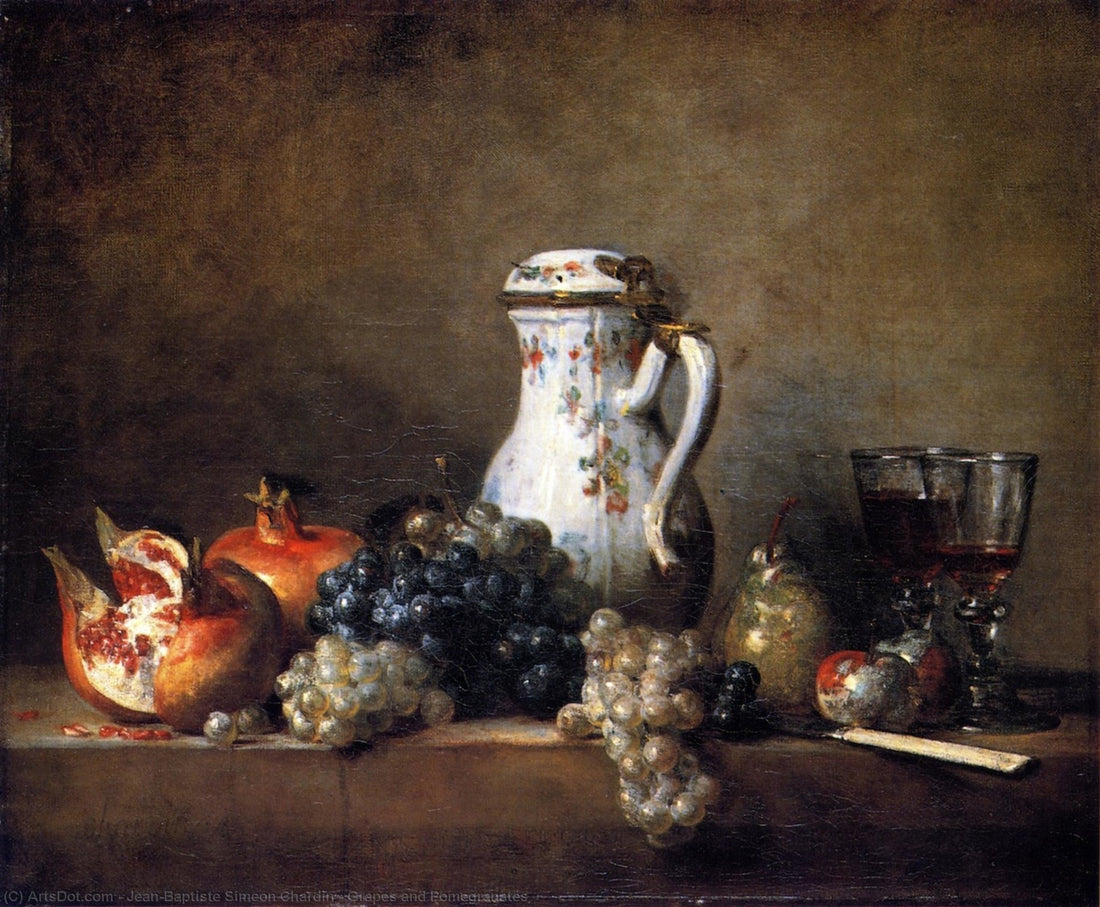Jean-Baptiste Siméon Chardin (1699 - 1799) was a bit of an outlier in the French art world during his day. He came into his own during the height of the French Rococo period, yet his work is not frilly, or ornate, and it is not full of pastels. Chardin began his career as a still-life painter and is considered one of the best painters of this milieu ever. He then moved on to genre scenes. We are going to look at two of Chardin’s genre scenes, “The House of Cards,” and “Soap Bubbles.” We will also learn a little French art history, and a bit more about Chardin as a painter.
Background on the Artist

Jean-Baptiste Siméon Chardin submitted to the Académie in 1728, when he was 29 years old. He was accepted as a still life artist on his first try. He enrolled the day he was accepted. While it was an honor simply to get in, there are reports he received some, hopefully
lighthearted, taunting from other artists who were admitted under more prestigious categories. Within a few years Chardin began to compose genre paintings. The difference between genre and portraits is the subject. Portraits are almost always of the wealthy. While genre paintings were for the wealthy, even though they focused on common people doing everyday activities.
Chardin relied on multiple layers of paint that would build up very thin impasto. He was also known to alter his brushstrokes within paintings. He did this to create varying surfaces on the objects in a painting, like textiles, stone, or a glass filled with liquid soap. These techniques added great depth, volume, and texture to his canvases.
Pendants Themes House of Cards, and the Soap Bubbles


Chardin sometimes displayed works as pendants. These would be two similar sized frames that could be displayed together. The paintings either portrayed similar themes, or opposite ones. “Soap Bubbles,” and “The House of Cards” have been shown as pendants, they both share themes of idleness, and the brevity of life. Let’s look at our card player to show the theme of idleness. The young man is wearing an apron. He is most likely a servant who has been tasked with cleaning up the card table. It’s a task he is clearly not doing. Look at the Jack of Hearts that faces out from the side drawer in the table, this lets viewers know our boy is a “lovable knave.” As to the brevity of life, blowing bubbles had long been a common symbol, in Dutch paintings, to remind people that life was short. The French would most likely have understood this symbolism too.
Conclusion
During his heyday, Chardin was very popular. He often painted copies of his works for multiple buyers. “Blowing Bubbles,” can be found at three major US museums, including the National Gallery of Art, in Washington DC. Chardin received great honors in his lifetime. At one point he was given living, and working quarters inside the Louvre. Sadly, he fell out of favor later in life. Now his works grace major museums around the globe.
